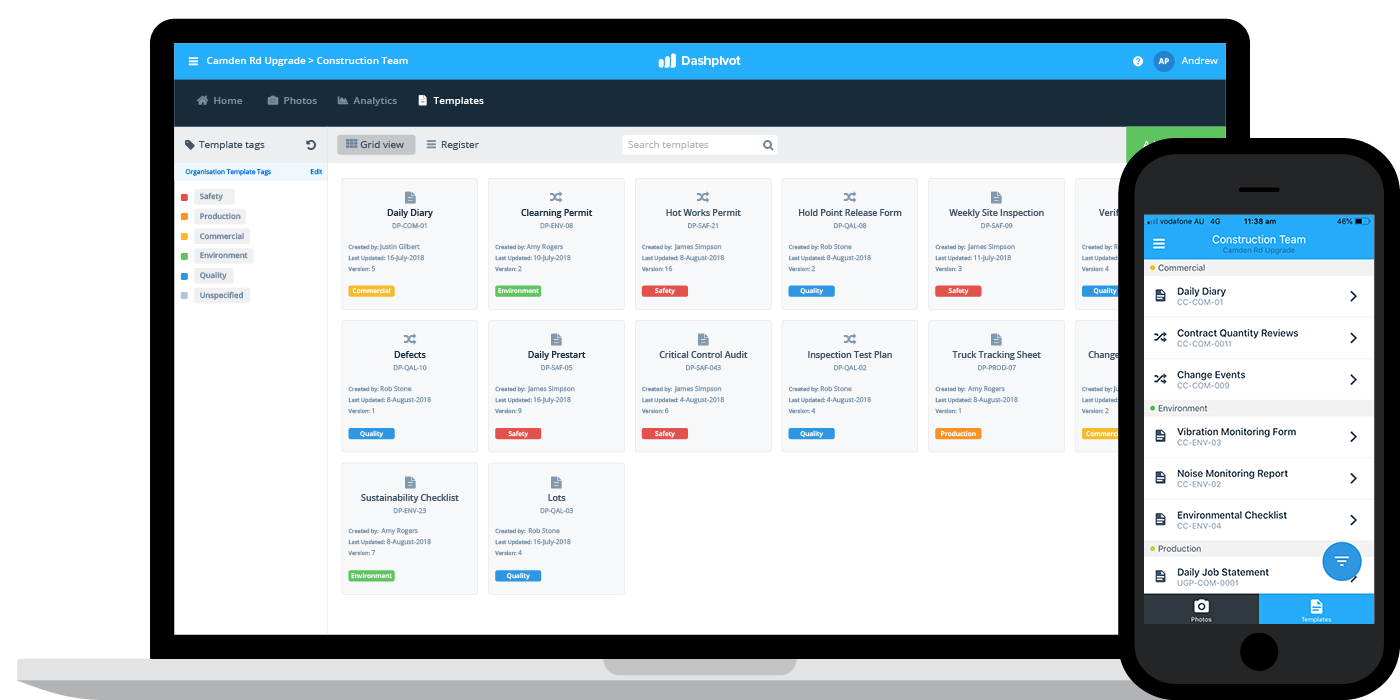Simplify Collaboration: The Power of Construction Document Management Solution
Simplify Collaboration: The Power of Construction Document Management Solution
Blog Article
Enhancing Workflow Performance: Designer's Expert Techniques for Building Paper Management
In the realm of building layout and building, the meticulous monitoring of files stands as a cornerstone for task success. Architects use different approaches to improve operations effectiveness and simplify building record management procedures. From adept company techniques to the combination of joint platforms and the application of safe and secure data monitoring solutions, designers browse an intricate landscape of practices and tools. In the middle of this intricacy, a pick few professional methods have actually arised as essential in enhancing operations performance. These strategies not only guarantee smooth job development yet additionally hold the key to opening enhanced productivity and precision in the elaborate realm of building paper monitoring.
Trick Record Company Methods
When handling construction documents, among the vital methods that designers employ is establishing a effective and systematic company system. This system generally involves categorizing documents based upon their type, such as drawings, requirements, agreements, and permits. By developing unique and clear categories, engineers can promptly find particular information when required, saving time and minimizing mistakes in the construction procedure.
Within each classification, engineers further organize records by creating subfolders or using numbering systems to denote revisions or versions (construction document management). This ordered structure makes sure that one of the most appropriate and present details is conveniently obtainable while maintaining a record of changes made throughout the project timeline
Furthermore, designers commonly make use of electronic record monitoring systems that supply attributes like keyword search features, variation control, and accessibility constraints to boost company and partnership among project stakeholders. These tools streamline the document access procedure, advertise real-time updates, and facilitate smooth interaction, inevitably adding to the general success of the building and construction project.
Collaborative System Assimilation
To maximize file administration performance in building projects, architects seamlessly integrate collaborative platforms to boost communication and enhance sychronisation amongst job stakeholders. By leveraging collective platforms such as project monitoring software, cloud-based storage systems, and interaction devices, designers can develop a centralized center for all project-related documents and communication channels. These systems allow team participants to access, evaluation, and work together on papers in real-time, minimizing delays and the danger of errors related to conventional file management methods.
Collaborative platform combination also cultivates transparency and accountability within the job team, as all stakeholders have exposure into the most up to date task updates and alterations. By centralizing interaction and record sharing, designers can make certain that all staff member are functioning from one of the most up-to-date information, decreasing the chances of misconceptions or problems arising due to outdated records.
Furthermore, collaborative platforms allow smooth collaboration in between engineers, contractors, clients, and various other task stakeholders, promoting an extra natural and efficient project operations. By damaging down interaction barriers and helping with information exchange, architects can drive performance and development in construction jobs, eventually bring about successful project outcomes.
Variation Control Best Practices
Carrying out efficient variation control techniques is important for preserving paper precision and uniformity in building projects. By developing a clear system for taking care of alterations, job teams can guarantee that everyone is working from the most up-to-date documents, minimizing the risk of mistakes and inconsistencies during the building phase.
Among the vital best practices for variation control is to designate special identifiers to every record version. This can be accomplished by using a numbering system or date stamp that clearly suggests the order of revisions. By plainly labeling each iteration, staff member can easily track the progression of the document and recognize the most current look here version.

Automation Tools for Performance

File control software program, like Procore or PlanGrid, systematizes project documentation, making it easily available to all stakeholders. These platforms permit real-time partnership, variation control, and automated back-ups, securing versus information loss. Furthermore, Structure Information Modeling (BIM) software automates the generation of construction drawings and ensures that changes are synchronized throughout all relevant records.
Incorporating automation devices with cloud storage space options additionally improves ease of access and protection. By automating the document administration procedure, task groups can focus their time and initiative on value-adding activities, inevitably boosting productivity and job outcomes.
Secure Data Administration Solutions
Effectively protecting and taking care of project information is critical in the building sector to make certain confidentiality and honesty throughout the job lifecycle. Secure data monitoring solutions play an important role in protecting sensitive info from unapproved access or violations. Architectural companies can use encrypted cloud storage space services to securely keep and share job files with licensed workers. Executing accessibility controls, such as user verification and consent setups, guarantees that just authorized people can watch or change sensitive information.
Furthermore, utilizing digital legal rights management (DRM) devices adds an additional layer of safety by preventing visit this website the unapproved circulation or replication of job documents. Routine data back-ups are essential to minimize the risk of information loss due to unexpected circumstances like hardware failures or cyber-attacks. Collective platforms with built-in security attributes allow smooth communication and data sharing amongst task staff member while preserving information stability.
Verdict
Finally, implementing key record company methods, incorporating collective platforms, practicing version control finest techniques, utilizing automation check my blog tools, and adopting safe and secure information monitoring services are crucial techniques for improving operations performance in building and construction paper monitoring. These experienced methods can enhance procedures, enhance interaction, ensure accuracy, and preserve data safety throughout the building task lifecycle.
In the realm of building design and building, the meticulous monitoring of records stands as a foundation for project success. These strategies not just make certain smooth task development but also hold the vital to unlocking improved performance and accuracy in the complex world of building and construction document administration.
To enhance file administration effectiveness in building projects, architects seamlessly incorporate collaborative systems to enhance communication and improve sychronisation amongst project stakeholders. These systems allow team members to access, evaluation, and team up on documents in real-time, lowering delays and the danger of mistakes associated with standard document administration approaches.
Utilizing automation devices in construction file monitoring considerably improves efficiency and simplifies processes for project groups. construction document management.
Report this page